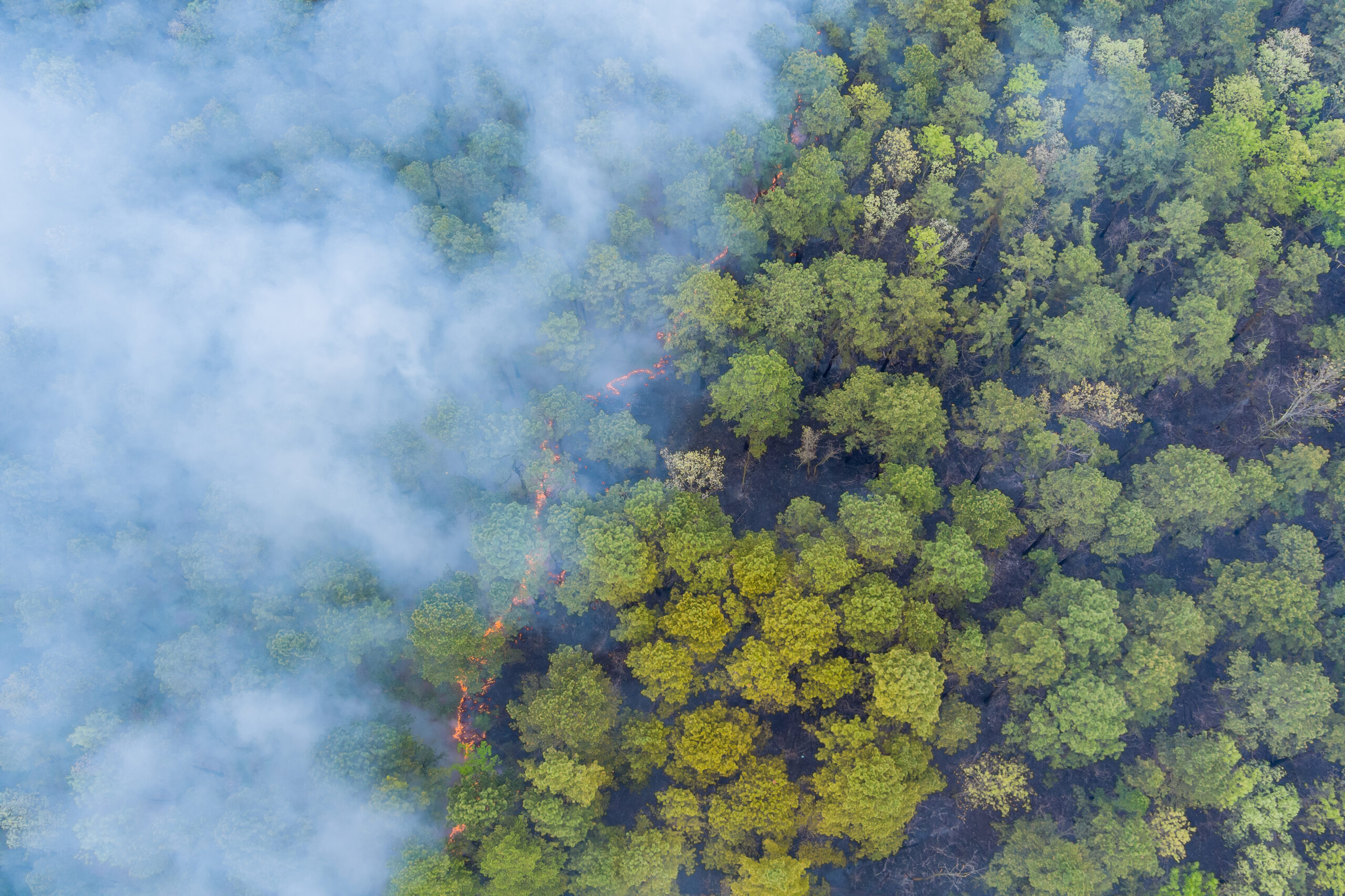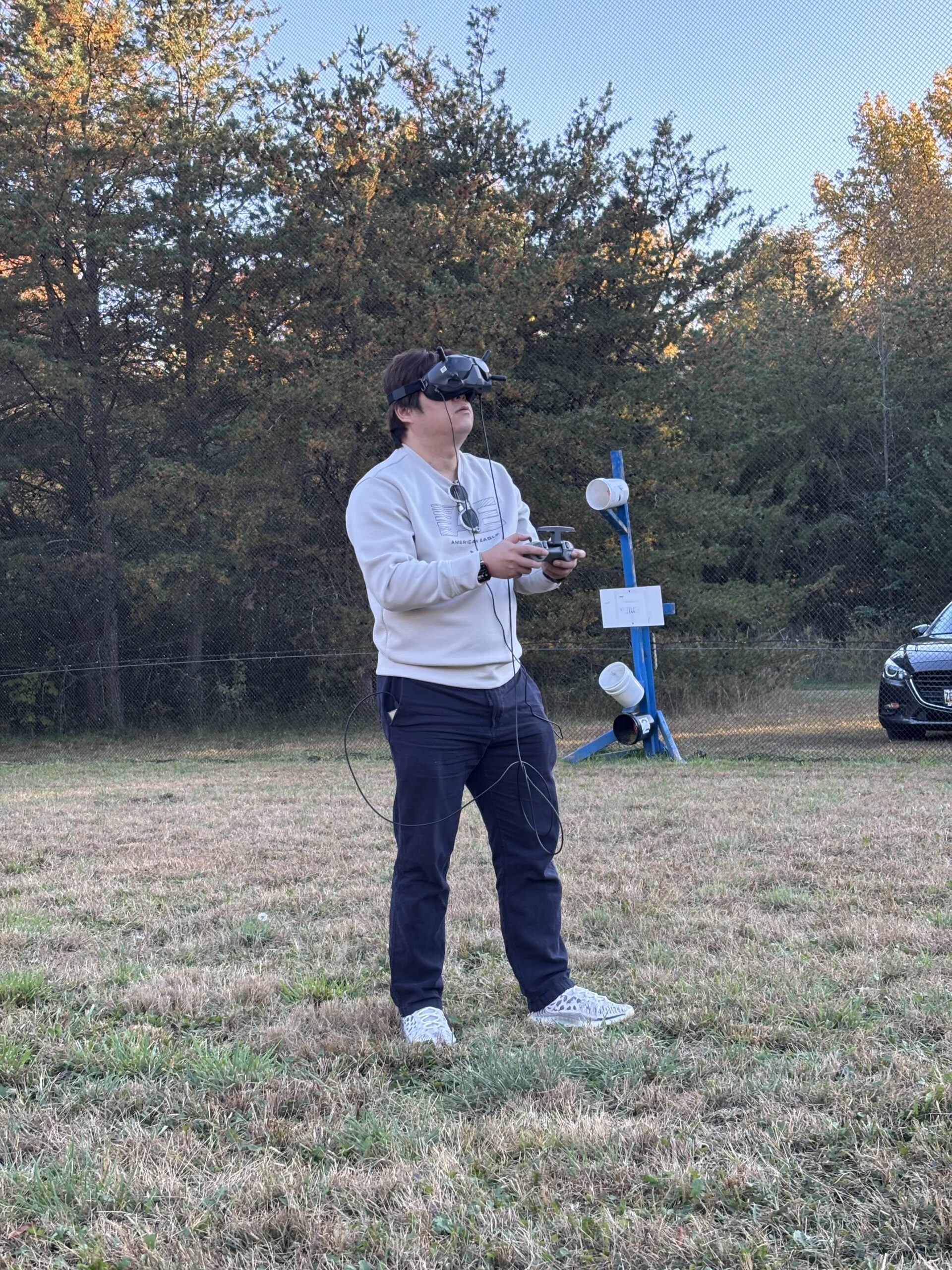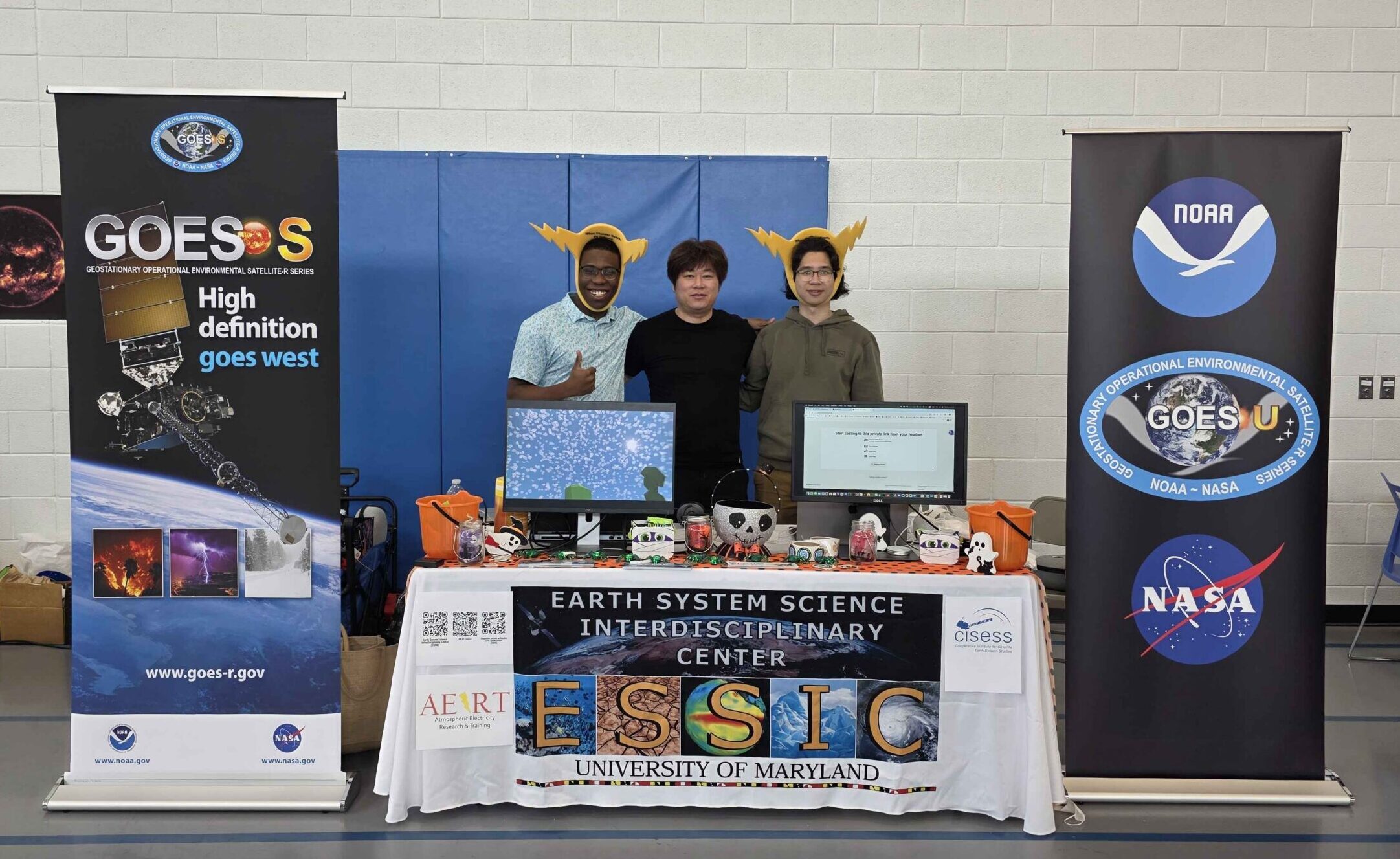ESSIC scientists Li-Qing Jiang, Paige Lavin, and Hyelim Yoo are a part of a team of scientists that have developed detailed maps that track ocean acidification indicators from 1998 to 2022 for eleven large marine ecosystems (LMEs) in the U.S. The study was just published in Nature – Scientific Data for this work.
Ocean acidification refers to the reduction in the pH of the ocean over time and is primarily caused by increased carbon dioxide in the atmosphere. As the ocean gets more acidic, ecosystems and marine organisms will be impacted. The team used ten indicators to produce monthly data products over 1998–2022 to to cover important US coastal ocean regions on a 0.25° × 0.25° scale. The data is based on observations from the Surface Ocean CO2 Atlas (SOCAT), co-located remote sensing ocean properties, and two types of machine learning algorithms.
The maps revealed a steady increase in carbon dioxide levels and a decrease in pH in U.S. LMEs, indicating that the coastal oceans are becoming more acidic. These results were validated with comparisons to discrete shipboard data, fixed time series, and other mapped surface ocean carbon chemistry data products.
Jiang is a chemical oceanographer specializing in the study of inorganic carbon cycling and ocean acidification in the global oceans. He received his Ph.D in Marine Sciences from the University of Georgia in 2009 and did his postdoctoral research at Yale University. Jiang has been working at NOAA’s National Centers for Environmental Information (NCEI) since 2011. Currently, he serves as the lead of the Ocean Carbon and Acidification Data System (OCADS), which is co-funded by NOAA’s Ocean Acidification Program, Global Ocean Monitoring and Observing Program, and NCEI. In addition to data management, Jiang spends a lot of his time on data synthesis efforts.
Lavin is a large-scale physical oceanographer who studies the ocean’s role in climate, especially through analyses of ocean heat content and sea level rise. Much of her recent work has involved blending in situ and satellite oceanographic datasets using machine learning methods. She received her Ph.D in Oceanography: Advanced Data Science from the University of Washington in 2021, along with a Graduate Certificate in Climate Science. Lavin currently works with NOAA’s Center for Satellite Applications and Research (STAR) as a postdoctoral research associate and is also a member of the NASA Ocean Surface Topography Science Team.
Yoo received her Ph.D in Atmospheric and Oceanic Science from University of Maryland in 2012 and has been with NOAA since 2012, and worked in support of NOAA ARL, STAR, and NCEI. Currently, as a member of the Ocean Climate Laboratory team at NCEI, Yoo works to ensure the public availability of specific data collected operationally by the Office of Marine and Aviation Operations (OMAO) aboard NOAA Fleet. Also, she supports establishing a mapped dataset of surface ocean acidification indicators in the U.S. Large Marine Ecosystems and to sustain operationalization based on their availability in the cloud environment, prioritizing NOAA-produced datasets. She is involved in the development of the Coastal Ocean Data Analysis Product in North America with a new set of quality control tools and acidification research by publishing their data into NCEI’s archives.
Click here to access the article detailing this work: “A mapped dataset of surface ocean acidification indicators in large marine ecosystems of the United States”.
The results are available online publicly through the NOAA National Marine Ecosystem Status web portal.





